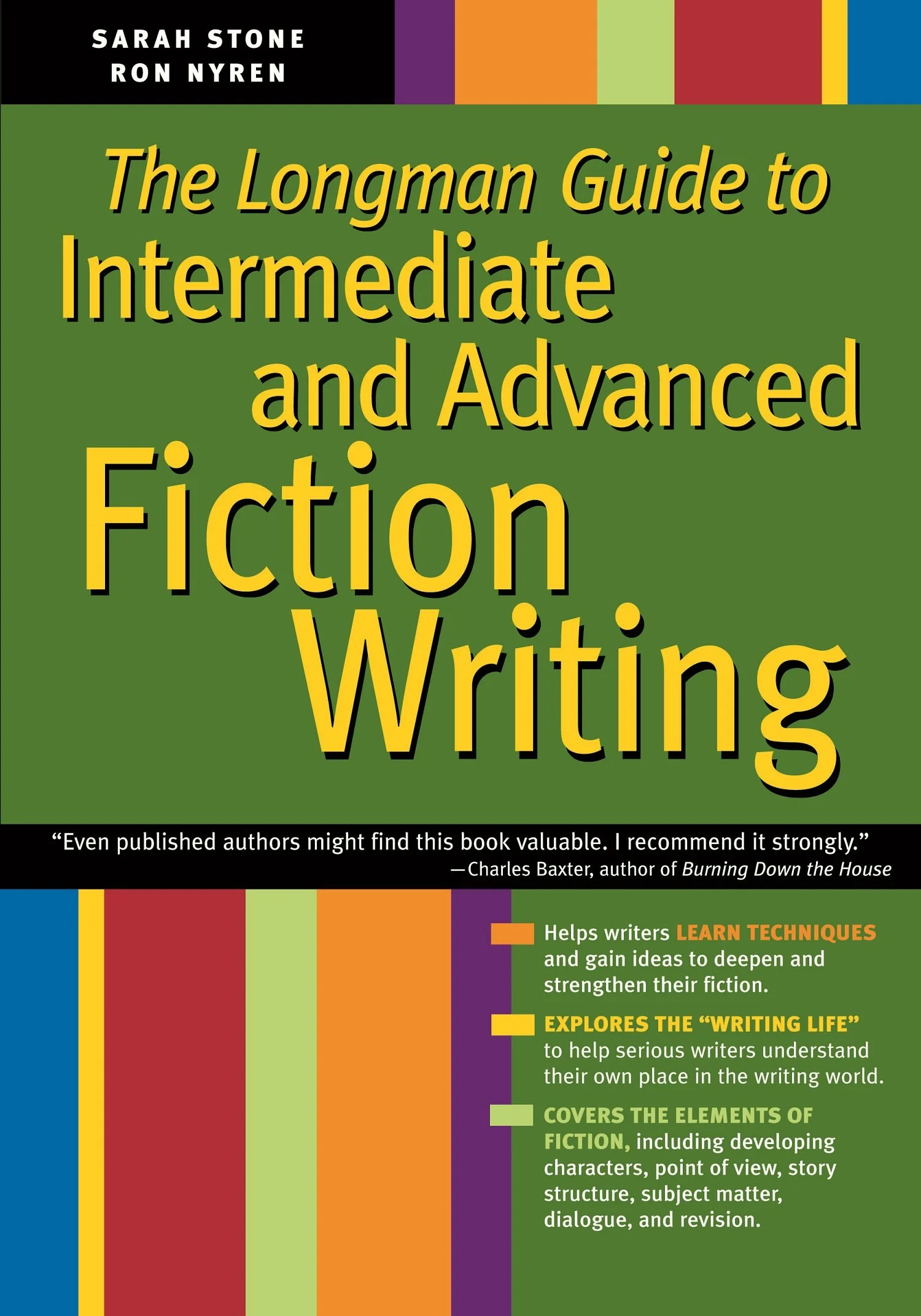Deepening Fiction: A Practical Guide for Intermediate and Advanced Writers is a hands-on guide to the territory where art meets craft and the individual writer meets the wider world of tradition and new invention.
Deepening Fiction: A Practical Guide for Intermediate and Advanced Writers, a writing guide with mini-anthology, addresses the artistic implications of craft choices. Each chapter considers a different topic and includes examples of the revision process from well-known writers. Questions and exercises throughout the book help writers reflect on and explore writing possibilities. The mini-anthology features 22 highly illustrative and diverse stories - North American and international, contemporary and classical, realistic and experimental.
A section on the writing life includes candid discussions of writer's block, talent, habit, rejection, publication, and endurance to help aspiring professionals develop sustainable lives as writers.
From the introduction:
"The romantic image of the solitary writer persists in our culture—chopping wood outside a Montana cabin between chapters, writing stories on nights and weekends in a tiny eighth-floor walk-up in the Bronx, or filling handmade notebooks on a trans-Siberian train. Fiction writing is one of the least collaborative of the arts, unlike theater, dance, or music. At the same time, writers have always been in community with each other, sharing knowledge and support—the Japanese poets of the Edo period; the English Romantics; the habitués of Madame de Staël’s salon; the poets, playwrights, and novelists of the Harlem Renaissance; the Beat writers. Today’s writing classes, programs, and informal groups are a continuation of these traditions."
The Longman Guide to Intermediate and Advanced Fiction Writing addresses the artistic implications of craft choices. Each chapter considers a different topic and includes examples of the revision process from well-known writers. Questions and exercises throughout the book help writers reflect on and explore writing possibilities.
A section on the writing life includes candid discussions of writer's block, talent, habit, rejection, publication, and endurance to help aspiring professionals develop sustainable lives as writers.
Note: this is the trade version of Deepening Fiction: A Practical Guide for Intermediate and Advanced Writers, which uses short examples from published works as illustrations and does not include the mini-anthology of stories. The quotes refer to Deepening Fiction: A Practical Guide for Intermediate and Advanced Writers.
“This guide to writing fiction is the most valuable one I've seen since Janet Burroway's. The authors are both sophisticated and clear-sighted, and their instruction is clearly that of writers to other writers. Even published authors might find this book valuable. I recommend it strongly.”
—Charles Baxter, author of Wonderlands
“This is on my very very short list of books that offer the serious writer an intelligent and perceptive discussion about the tools of our craft; the emphasis on revision in every chapter is evidence that Nyren and Stone know what's essential as we write our way toward stories that matter.”
—Laurie Lynn Drummond, author of Anything You Say Can and Will Be Used Against You
“This is the most literate, practical and inspired guide of its kind, as urgently useful to the developing writer as a dictionary or a muse. This book is essential reading for anyone who wants to understand how fiction is made.”
—Carolyn Cooke, author of Amor & Psycho
“This is not simply a book about the craft of fiction. Stone and Nyren have given us a poignant book—thoroughly researched, thoughtfully organized, and beautifully written—that engages the serious writer in the craft of making art. I turn to it for practice and for inspiration.”
—Ann Cummins, author of Yellowcake
“I strongly commend the tone, which is generous, colloquial without being condescending, accessible (i.e. jargon-free), friendly, but firm and authoritative enough that students will believe the authors know what they are talking about when they advise them to take risks (a great strength in itself)… Here is the book we’ve been looking for…”
—Susan Kenney, Colby College
“A thorough and thought-provoking examination of issues of interest to the intermediate to advanced level fiction writer. Has many excellent…examples from a broad range of styles and authors…with many illustrative and practical exercises. Good for personal use (as a writer) as well as for… stimulating interesting pedagogical approaches in the classroom…”
—Cheryl Slean, University of Washington
“The book carefully shows the student that writing doesn’t come out of nowhere, that all decisions a writer makes in a story are for very important reasons…[It] teaches the student the valuable lesson that the different aspects of a story–[such as] character, POV, narrative structure—are interwoven and do not exist as separate entities.”
—Joseph Boyden, University of New Orleans


